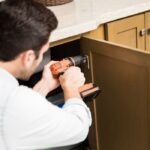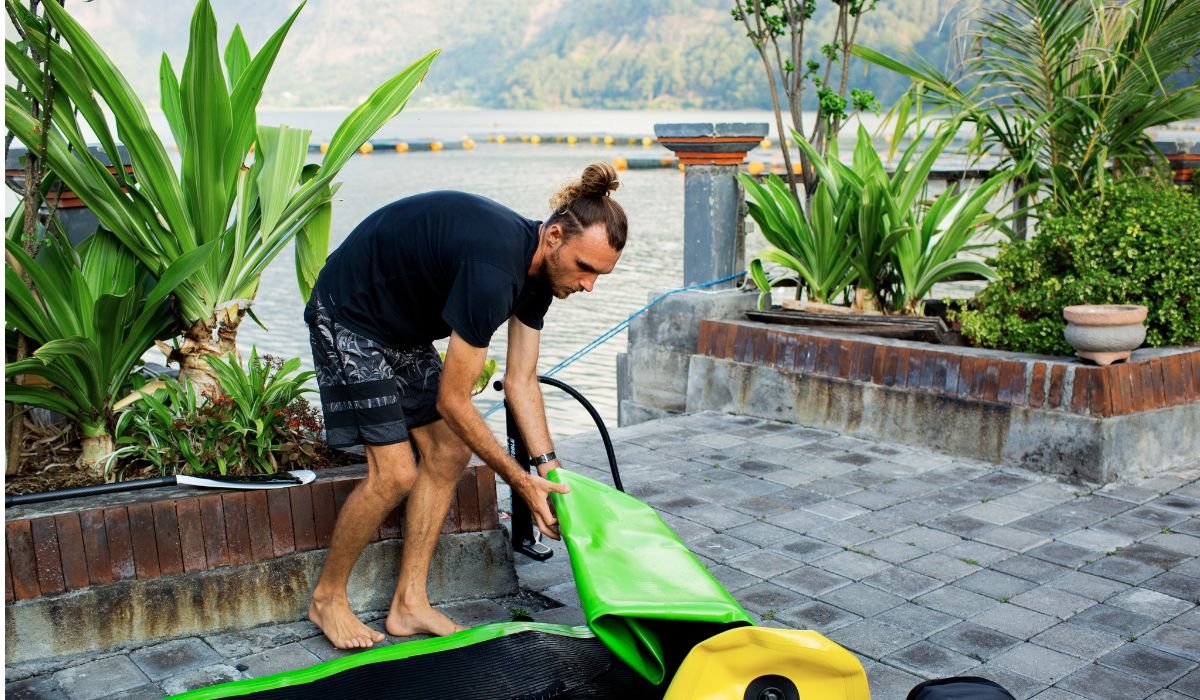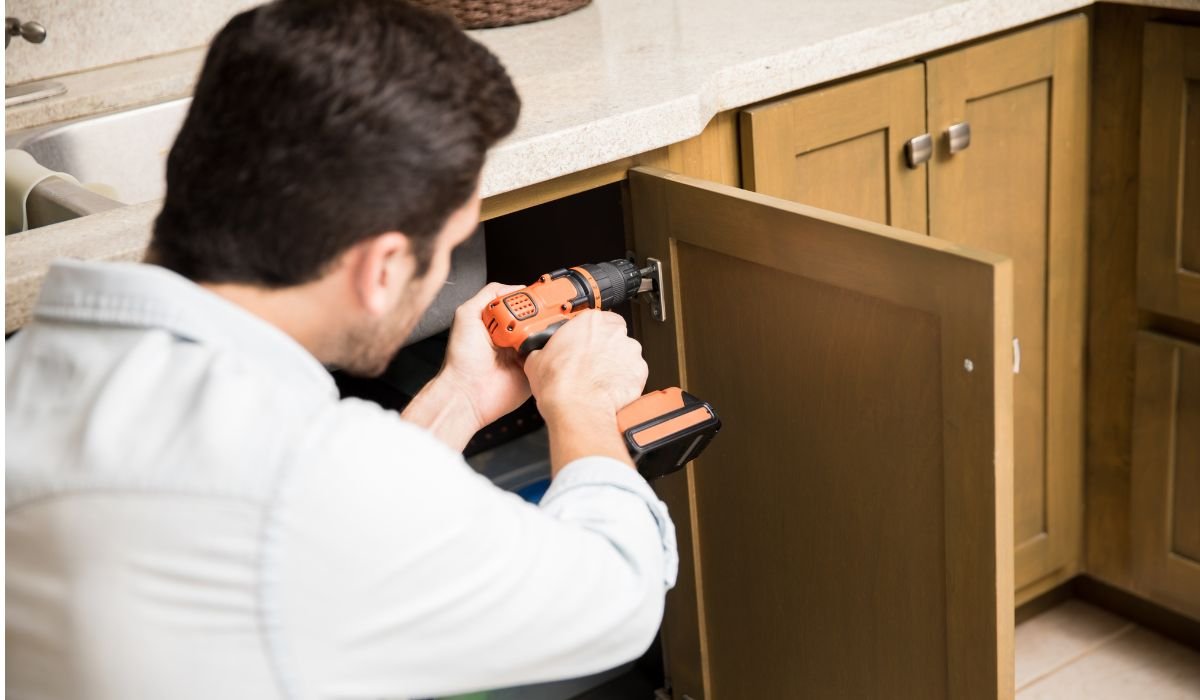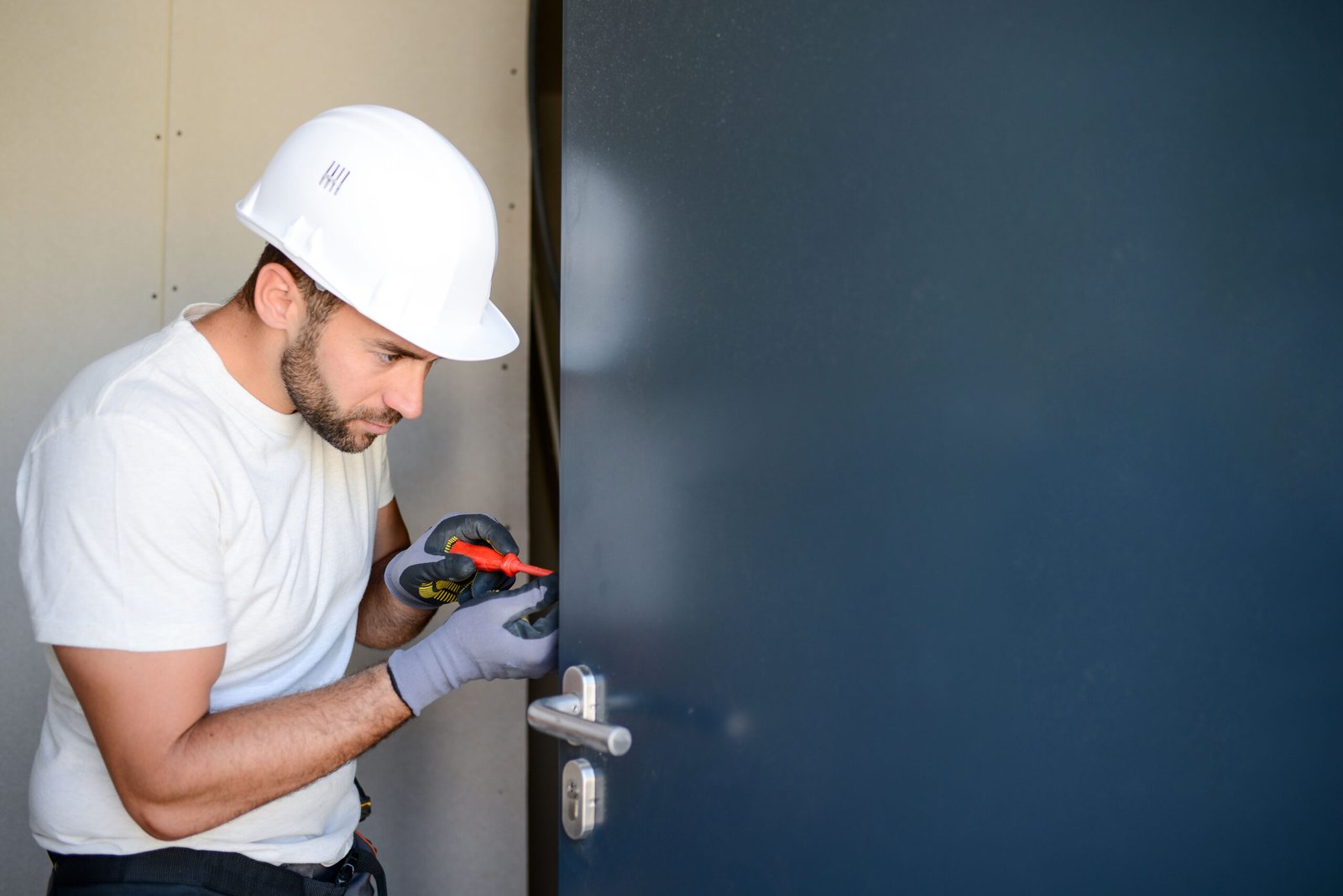Managing utility bills is a common challenge for homeowners, especially as energy costs rise. By making targeted home improvements, you can significantly lower your monthly expenses while enhancing the comfort and efficiency of your living space.
These upgrades can vary from quick fixes to more substantial investments, but all contribute to long-term savings. One of the most impactful strategies includes improving energy efficiency within your home, particularly in regions like Pittsburgh, where fluctuating weather can drive up costs.
This article explores the top ways to save on utility bills through smart home upgrades.
Boost Insulation and Seal Drafts
A major cause of high utility bills is air leakage through poorly sealed doors, windows, and other gaps in your home’s envelope. Drafts allow heated or cooled air to escape, forcing your HVAC system to work harder and use more energy. Start by inspecting your home for air leaks around windows, doors, attics, and basements.
Sealing these gaps with weatherstripping or caulking can make an immediate impact on your energy costs. Additionally, consider enhancing insulation in critical areas such as the attic and walls. Proper insulation helps regulate indoor temperatures, reducing the need for constant heating or cooling. For homeowners in regions with extreme seasonal weather, investing in this step is essential for managing energy usage effectively.
Upgrade to Energy-Efficient Windows
Replacing outdated windows with modern, energy-efficient alternatives can be a game-changer for your utility bills. Advanced windows are designed with features like double or triple panes, gas fills, and low-emissivity (low-E) coatings to minimize heat transfer. This keeps your home warmer in winter and cooler in summer, lessening the load on your HVAC system.
For example, homeowners looking to install energy-efficient windows in Pittsburgh benefit from added savings due to the region’s climate demands. These windows not only reduce energy waste but also enhance indoor comfort and noise insulation. While the upfront cost may seem high, the savings on heating and cooling costs over time make this investment worthwhile.
Install a Smart Thermostat
A smart thermostat is a relatively affordable upgrade that offers significant savings on heating and cooling costs. These devices allow you to program your HVAC system to operate more efficiently, ensuring that energy isn’t wasted when no one is home. Many smart thermostats learn your household’s schedule and adjust the temperature automatically for optimal energy use.
Some advanced models even provide real-time energy usage insights and tips for further reductions. By keeping your heating and cooling systems optimized, you can see a noticeable drop in utility bills. Pairing this technology with an insulated home ensures even greater efficiency.
Switch to Energy-Efficient Appliances
Older appliances are often significant energy hogs. Upgrading to energy-efficient models certified by ENERGY STAR can substantially lower your electricity consumption. Key appliances to consider replacing include refrigerators, washing machines, dryers, and dishwashers.
Modern energy-efficient appliances use advanced technologies that consume less power without compromising performance. For example, newer refrigerators are equipped with better insulation and compressors, while washing machines offer low-energy cycles that reduce water and electricity usage.
Though the initial investment can be steep, the monthly savings and increased lifespan of these appliances provide long-term value.
Harness the Power of Solar Panels
Solar panels have become a popular option for homeowners seeking to reduce reliance on traditional energy sources. By converting sunlight into electricity, solar panels lower your energy bills and reduce your carbon footprint.
Although the upfront installation cost can be high, many governments and utility companies offer incentives and rebates to offset these expenses.
For homes in areas with ample sunlight, solar panels can cover a significant portion of energy needs, particularly for electricity-heavy systems like air conditioning. Over time, this investment pays off in the form of reduced monthly bills and energy independence.
Optimize Your Water Heater
Water heating accounts for a substantial portion of utility costs, making it a prime area for savings. Start by lowering the thermostat on your water heater to around 120°F, which is typically sufficient for most household needs. Insulating the tank and the first few feet of connected piping can also minimize heat loss, reducing the energy required to maintain hot water.
Another effective strategy is upgrading to a more efficient model. Tankless water heaters, for instance, only heat water as needed, avoiding the energy losses associated with maintaining a reservoir of hot water. Alternatively, consider solar water heaters, which use renewable energy to supply hot water with minimal electricity usage.
Install LED Lighting Throughout Your Home
Lighting might seem like a minor contributor to energy costs, but switching to LED bulbs can yield significant savings. LEDs consume up to 90% less energy than traditional incandescent bulbs and last much longer, reducing replacement costs. They’re also available in various brightness levels and colors, allowing you to customize your home’s lighting while saving energy.
Focus on replacing bulbs in high-use areas, such as kitchens, living rooms, and outdoor fixtures. Some LEDs also include smart features, enabling you to control lighting remotely or automate schedules for even greater efficiency.
Conduct a Home Energy Audit
A home energy audit is an excellent way to identify inefficiencies and areas for improvement in your home. Professional auditors use specialized tools to assess energy usage, pinpoint leaks, and recommend upgrades. Many utility companies offer this service at little or no cost, making it an affordable way to improve your home’s efficiency.
The audit typically includes a review of your insulation, HVAC system, lighting, and appliances, providing a comprehensive plan for reducing energy consumption. Implementing the recommended changes can lead to significant long-term savings on your utility bills.
All in all, strategic home improvements are a practical and effective way to reduce utility bills while increasing the overall comfort and value of your home. From installing energy-efficient to upgrading to smart appliances and solar panels, these changes have a lasting impact on your energy consumption.
By addressing inefficiencies and adopting energy-saving technologies, you can achieve substantial savings over time. Take the first step today to make your home more sustainable and cost-effective.











